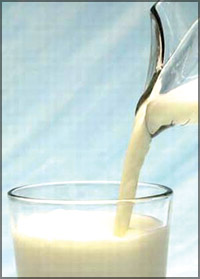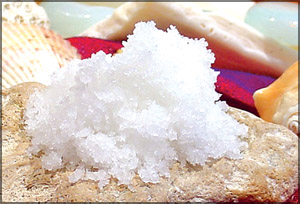|

Ocean observation centre
An ocean observation centre, which will monitor the conditions of the
ocean around the island on a 24-hour basis, was established recently by
the National Aquatic Resources Research Agency (NARA).
The centre will operate and maintain three stations that monitor sea
levels, in the west, south and east coasts of Sri Lanka. The monitoring activities will be carried out in real time
(as it happens). It will also monitor and analyse ocean conditions and
levels on a regional basis too.
of Sri Lanka. The monitoring activities will be carried out in real time
(as it happens). It will also monitor and analyse ocean conditions and
levels on a regional basis too.
This centre has the capability of forecasting the heights of daily
tides (both high and low), their times in different coastal areas and
possible days and times for stronger ocean waves induced by powerful
winds and ocean currents.
Such forecasts will be based on previously collected data on sea
levels, observation of currents as well as other sources.
The ocean observation centre will work in close collaboration with
the Disaster Management Centre and the Department of Meteorology with
regard to providing early warnings for ocean-based disasters and the
reduction of the impacts from national disasters.
After the tsunami, many incidents of tidal surges led to panic and
confusion among the public.
The centre is expected to play a leading role in averting such
unnecessary situations.
Programme to promote fresh milk
Milk is an extremely nutritious food and all children should be
provided with plenty of it. However, most parents cannot afford to provide their children with enough of this protein as,
milk powder, which is mostly imported to the country, is expensive and
has gone beyond the reach of most people.
cannot afford to provide their children with enough of this protein as,
milk powder, which is mostly imported to the country, is expensive and
has gone beyond the reach of most people.
The Milk Super Programme, which is to be launched by the Consumer
Affairs and Co-operatives Ministry, is expected to provide a solution to
this problem. The project envisages the setting up of co-operatives in
schools to provide milk and other dairy products to students at a
reasonable price.
Besides fresh milk, ice-cream, yoghurt and curd will also be provided
to students through these co-operatives. Further, the students will be
taught the technology of making dairy products and handling
co-operatives.
The pilot project in this programme to promote the consumption of
fresh milk will be launched from 100 schools this year.
The benefits of iodised salt
All of you may have heard of iodised salt and the benefits of
consuming such salt. Iodine is a vital component for the healthy growth of children and the health and well-being of
everyone.
the healthy growth of children and the health and well-being of
everyone.
However, most people are not aware about the goodness of iodine, and
this has resulted in poor brain and cell development among infants; lack
of memory power, poor physical development, speech and hearing defects
and other health problems in children; and poor physical and mental
activities and poor productivity in adults.
The easiest way to take iodine in to your body is through the
consumption of iodised salt. The new iodised salt manufacturing centre,
set up at Puttalam recently, is expected to contribute to this drive in
a major way. The factory, established at a cost of Rs. 45 million, will
provide iodised, washed and cleaned salt to the local public.
Thirty per cent of the country's total salt requirement is expected
to be provided by the Puttalam factory, while the Hambantota salt
factory, set up at a cost of Rs. 6 million, will account for the
remaining 70 per cent.
A research carried out by the Healthcare and Nutrition Ministry had
revealed that the salt used in Sri Lanka is very unhygienic and
unsuitable for daily use. The Ministry is also expected to take action
against those producing and selling unhygienic salt.
Infants need 50 mg of iodine per day while children should consume
90-120 mg of iodine per day. The daily iodine intake for adults should
be 150 mg while pregnant women need 175 mg per day.
|
